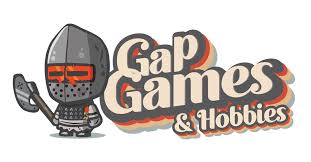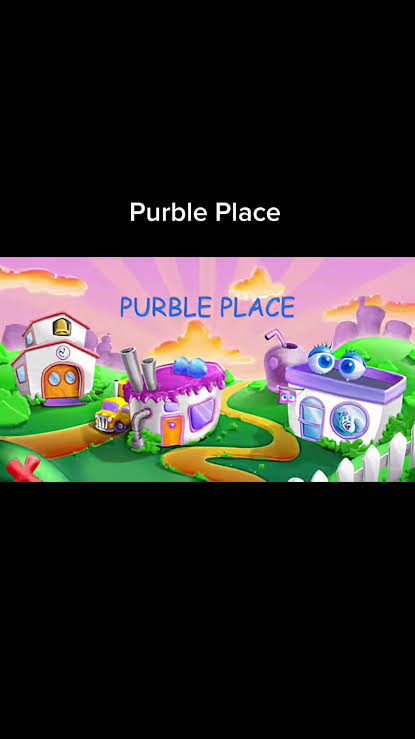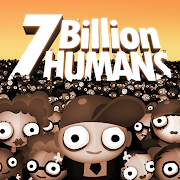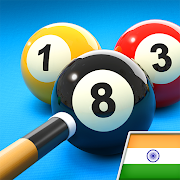gap games
In the vibrant world of card games, where classics like Rummy v and modern hits like The Crew dominate, GAP emerges as a refreshing, fast-paced contender. Published by Arcane Wonders in 2023, GAP is a set-collection game that challenges players to balance their card collections to maximize points through clever strategy. With its shiny foil cards, simple rules, and surprising depth, GAP has gap games quickly become a favorite for family game nights and casual gatherings. This article explores GAP’s mechanics, appeal, strategic nuances, and place in the card game landscape.
Origins and Design
GAP, designed by Evan Davis and published by Arcane Wonders, entered the scene as a lightweight card game in a crowded genre. Arcane Wonders, known for titles like Onitama, aimed to create a game that was easy to learn yet rewarding for strategic thinkers. The game’s name, GAP, reflects its core mechanic: scoring by finding the difference (or gap) between a player’s largest and smallest card collections. Its compact box, vibrant artwork, and foil-covered cards give it a premium feel despite its affordable $14.99 price tag.
The game draws inspiration from set-collection classics like Coloretto but introduces a unique scoring twist that sets it apart. GAP’s accessibility—playable in 15–20 minutes with gap games 2–6 players aged 8 and up—makes it a versatile addition to any game collection. Its release coincided with a surge in demand for quick, engaging card games, positioning GAP as a timely hit.

How to Play GAP
GAP is played gap games with a deck of 50 cards, featuring numbers 0–9 in five colors in gap games (red, blue, green, yellow, purple). The goal is to collect cards to create the largest possible gap between your most and least numerous color sets by the end of a round. A game typically lasts until a player reaches a predetermined score, such as 15 or 30 points.
Setup: Shuffle Miranda deals cards face-up to the center of the table to form the offer pile. Each player receives a hand of cards (e.g., seven for three players), kept secret. The remaining cards form a draw pile.
Gameplay: Players take turns playing a card from their hand to the offer pile. If the played card’s number matches one or more cards in the pile, the player takes all matching cards and adds them to their collection, sorted by color. If no match exists, they may take one card with a number one higher and one lower than the played card (e.g., for a 5, take a 4 and/or 6). If neither is available, the turn ends. After taking cards, the player draws back to their hand size, and play continues clockwise.
Scoring: At the round’s end, players score the total cards in their most numerous color (summing tied colors) minus the total in their least numerous color. For example, with six red, six green, and one yellow, the score is (6+6) – 1 = 11. The game ends when a player reaches the target score, with the highest score winning.
Appeal and Gameplay Experience
GAP’s charm lies in its simplicity and depth. The gap games rules are teachable in minutes, making it ideal for families or mixed-age groups. The gap games foil cards, with clear numbers and accessibility features (e.g., periods after 6 and 9 to avoid confusion), enhance the tactile and visual experience. The game’s quick pace ensures minimal downtime, keeping players engaged.

Despite its simplicity, GAP offers strategic depth. Players must balance their hand management, deciding whether to play high-value cards to grab matches or hold them to disrupt opponents. The offer pile’s dynamics—where a single card can shift available numbers—require constant adaptation. The luck of the draw adds excitement, but strategic play, like deducing opponents’ collections or timing card plays, often determines the winner.
The gap games emotional rollercoaster is a highlight. A gap games perfect play—snagging a large set—feels triumphant, while a missed match can elicit groans. This gap games emotional intensity, akin to Las Vegas, adds schadenfreude-fueled fun when opponents falter, as noted in reviews.
Strategic and Educational Value
GAP’s strategic depth appeals to both casual and seasoned players. Players must track the deck’s composition (50 cards across five colors) and opponents’ collections to optimize plays. For example, holding a 9 might secure a late-round match if 9s remain in the deck. This deduction mirrors skills used in games like Scout, but GAP’s forgiving mechanics suit younger players.
Educationally, GAP fosters counting, pattern recognition, and basic arithmetic, making it a subtle learning tool for kids. Its social nature encourages interaction and sportsmanship, while the quick rounds teach adaptability. In classrooms, it could support math lessons or team-building exercises.
Cultural Impact and Reception
GAP has carved a niche in the card game community, praised for its accessibility and replayability. Reviews highlight its balance of luck and strategy, with Meeple Mountain noting its “surprising depth without being ‘thinky’”. GamesReviews.com emphasizes its ease of play and strategic challenge, recommending it for holiday gatherings. However, some, like Geeks Under Grace, argue it lacks the crunch of heavier games, placing it lower on recommendation lists.
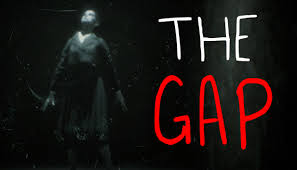
Online, GAP sparks discussions on BoardGameGeek and social media, with players sharing strategies and house rules. Its compact size and low cost make it a staple at game nights and conventions. While not a cultural juggernaut like The Crew, GAP’s niche popularity ensures it’s a go-to filler game.
Conclusion
GAP is a gem in the card game landscape, blending accessibility, strategy, and emotional highs in a shiny package. Its simple rules belie a depth that challenges players to balance luck and cunning, making every round a fresh puzzle. Whether you’re a family seeking quick fun or a gamer needing a light filler, GAP delivers. As it continues to shine at tables worldwide, this clever card game proves that big gaps lead to big rewards.
